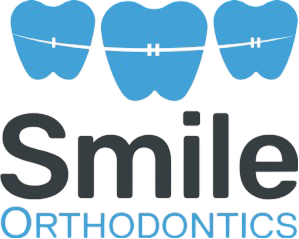Children’s Orthodontists in Leominster or Gardner, MA

Give Your Child a Lifetime of Smiles
Properly aligned teeth are essential for your child’s long-term oral health. While the timing for orthodontic treatment can differ for every child, Dr. Granit Morina and Dr. Scott Caradonna, along with the American Association of Orthodontists, advises scheduling an initial evaluation by age seven.
What is Early Treatment?
Starting orthodontic care at Smile Orthodontics can help address potential issues early, often preventing more complex problems and leading to shorter, easier, and more affordable treatment later on. In some cases, Dr. Granit Morina and Dr. Scott Caradonna will be able to achieve results that would be much more difficult to achieve if the face and jaws finish growing.
When is the Best Time for Treatment?
The ideal time for an initial consultation is around age 7. Although the age at which children typically get braces can differ, orthodontic care in Leominster and Gardner often begins between ages 9 and 14, while certain issues, like underbites, are more effectively addressed when treatment begins as early as 7 years old.
Role of a Children’s Orthodontist
Importance of Early Orthodontic Intervention
Interceptive orthodontics, also known as early orthodontic treatment, tackles dental concerns early on to avoid more severe complications in the future. Some advantages include:
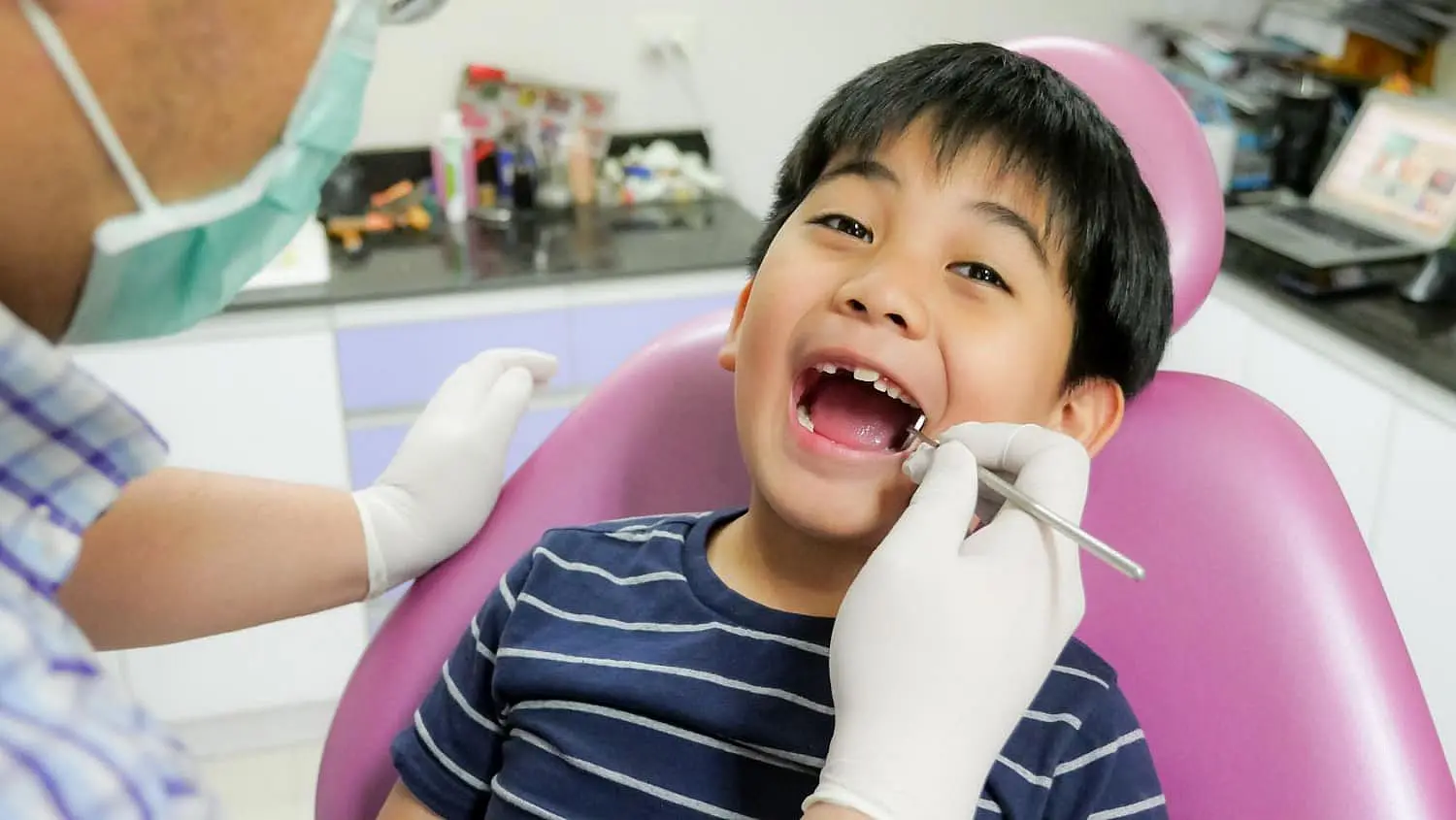
Preventing severe
dental issues
A radiant, confident smile can boost your self-esteem and leave a lasting impression on those around you.
Improving appearance
and confidence
Prompt care reduces hassle, costs, pain with swift medical attention, and ensuring faster recovery.
Enhancing overall oral health
Straight teeth are simpler to maintain, lowering the chances of tooth decay and gum issues.
Benefits of Children’s
Orthodontic Treatment
Improved Oral Health and Hygiene
Enhanced Speech Development
Prevention of Future Dental Issues
Boosted Confidence and Self-Esteem
Understanding Children’s Orthodontic Treatment
Braces
Braces are made up of brackets fixed to each tooth, linked together by an archwire.
Aligners
Aligners are transparent, plastic aligners that sit over the teeth.
Retainers
Retainers are worn after braces or aligners to help maintain teeth’s alignment.
Space maintainers
Space maintainers are used when a baby tooth is lost earlier than expected.
Importance of Early Evaluation
The American Association of Orthodontists advises scheduling a child’s first orthodontic check-up by age seven. Identifying concerns like bite misalignments or overcrowding early on can make treatment easier and help avoid potential issues later.

Treatment Process
Consultation
Includes examination, X-rays, and impressions.
Appliance Placement
Orthodontic appliances are applied according to the treatment plan.
Follow-ups
Consistent reviews to track and maintain progress.
Retention
A retainer is commonly worn post-treatment to preserve the results.
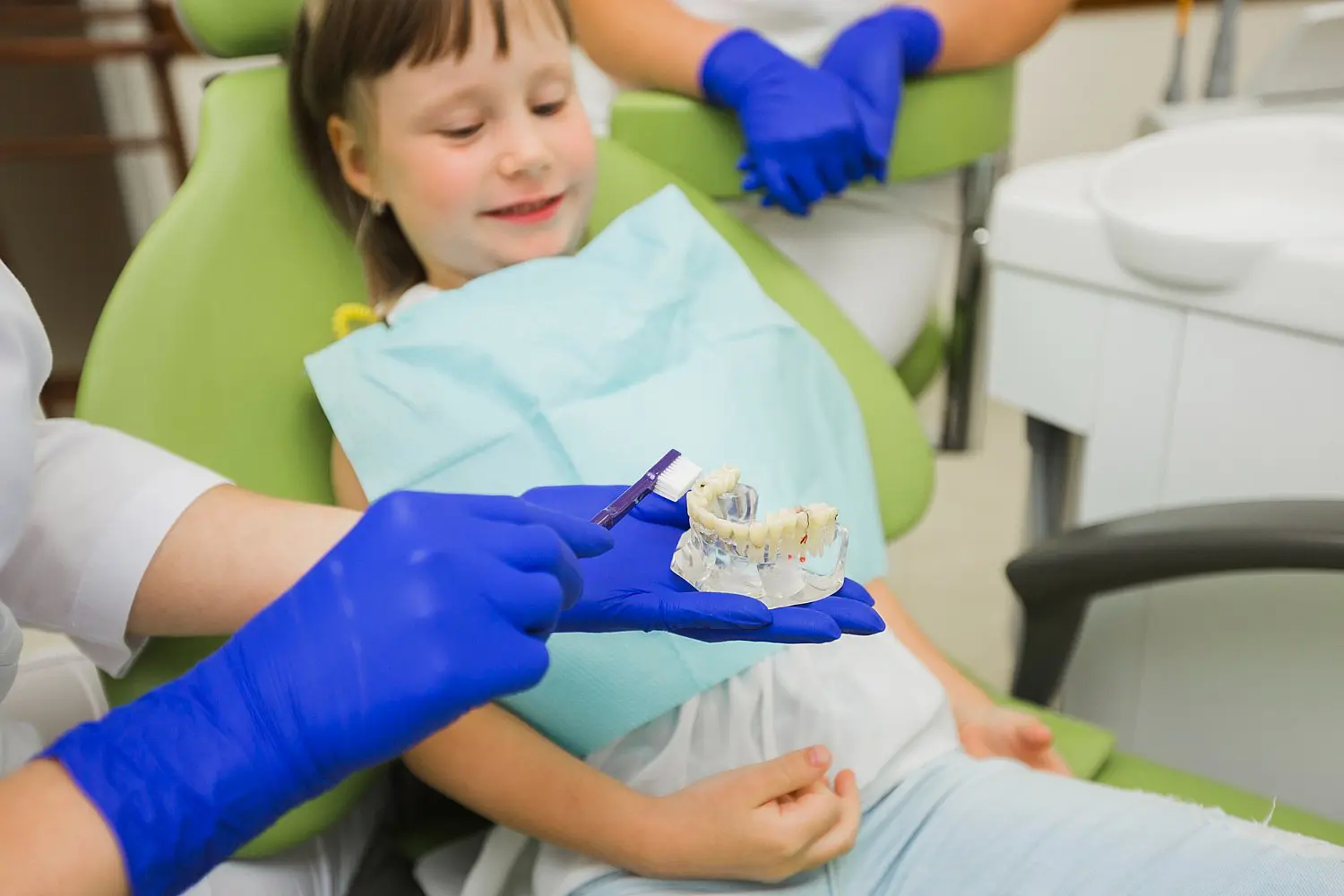
Appointment Duration and Frequency
The length and frequency of orthodontic visits depend on the appliance type and the complexity of the dental condition. Braces often require adjustments every four to six weeks, whereas aligners are replaced approximately every two weeks. Most appointments take between 30 and 60 minutes. At Smile orthodontics, overall treatment duration can vary widely, typically lasting anywhere from six months to over three years based on the specific needs of the patient.
Common Orthodontic
Issues in Children

Overbite, Underbite, Crossbite, and Spacing Problems
Crooked or Misaligned Teeth
Resulting from genetics, thumb-sucking habits, or injuries, misaligned teeth can make cleaning challenging, heightening the chances of cavities and gum issues.
Crowding or Spacing Issues
Overcrowding happens when there isn’t enough room for teeth, which can make cleaning harder, raising the chance of tooth decay. Gaps between teeth can trap food particles, also leading to potential decay.
Thumb Sucking and Other Oral Habits
Thumb sucking is common among young children, but continued habits can lead to teeth misalignment and alterations in the roof of the mouth.
Orthodontic Treatment Options for Children

Traditional Braces
For many years, traditional braces have been the go-to orthodontic treatment choice treat a wide array of dental problems.
Components
Brackets, archwires, and ligature elastics.
Benefits
Works well for major misalignments, long-lasting, and ideal for addressing various dental concerns.

Clear Aligners
Clear aligners, like Invisalign, are nearly invisible and can easily be removed for eating and oral hygiene.
How They Work
Apply steady pressure to slowly shift teeth, changing to a new set of aligners every two weeks.
Advantages
Subtle, easy to remove for meals and cleaning, and practical for maintaining oral hygiene.
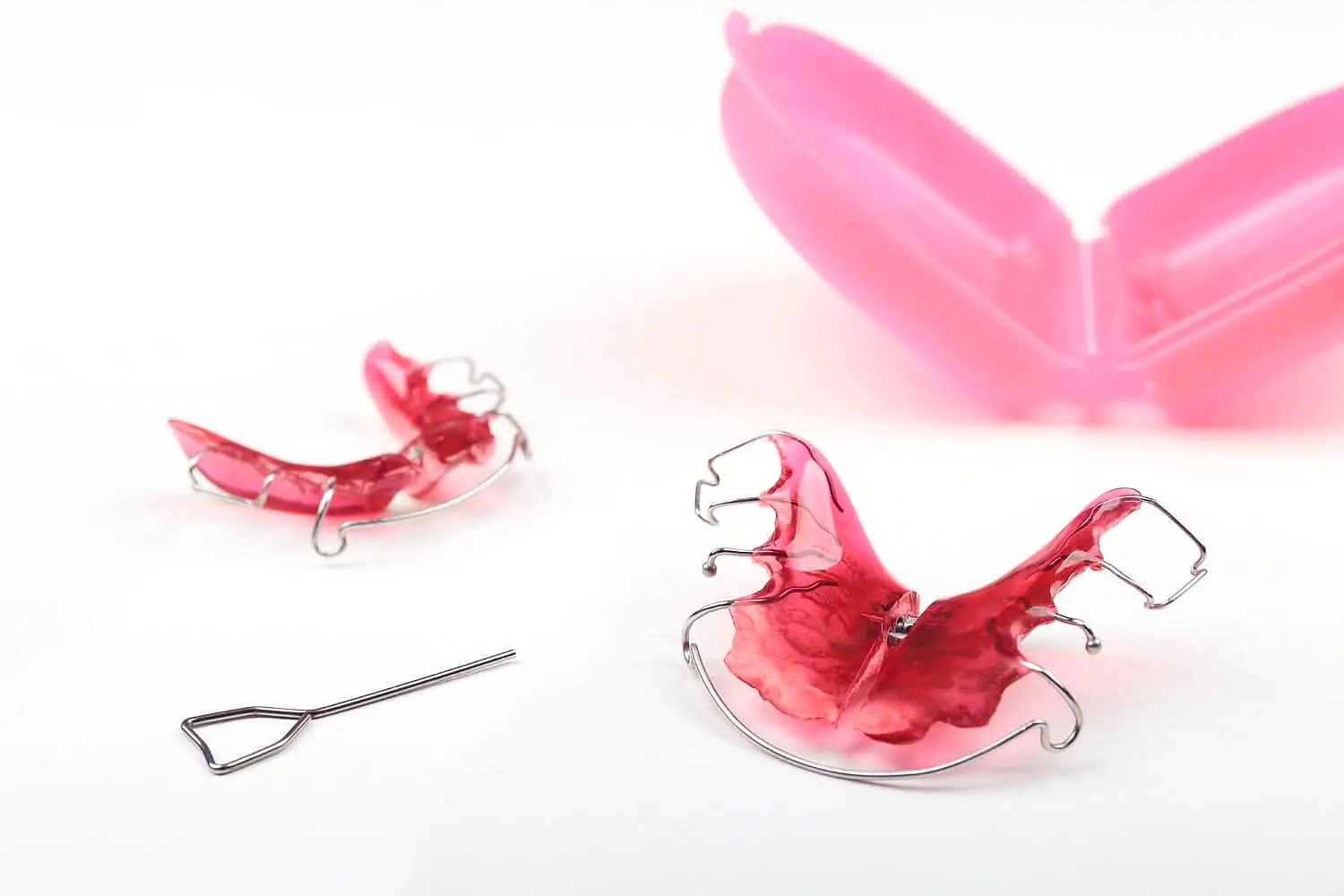
Functional Appliances
Functional appliances aim to correct problems related to jaw development in children and teenagers during their growth phases.
Types
Twin Block, and Bionator.
Benefits
Enhances jaw function and facial appearance, helping to avoid potential dental issues.
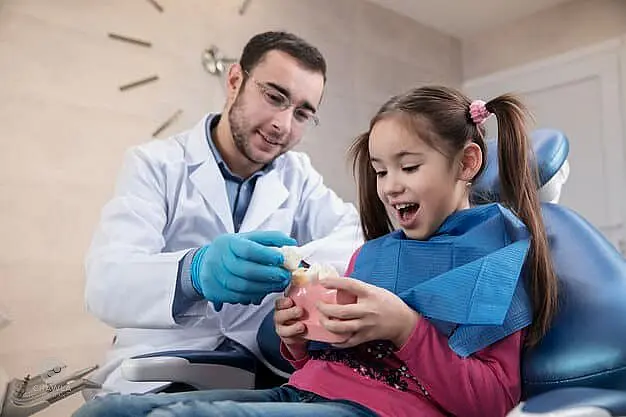
Retainers
Following orthodontic procedures, retainers are used to ensure teeth stay in their corrected positions.
Types
Detachable (can be removed for cleaning) and permanent (securely attached).
Benefits
Crucial for preserving the outcomes of orthodontic care and keeping your smile long-lasting.
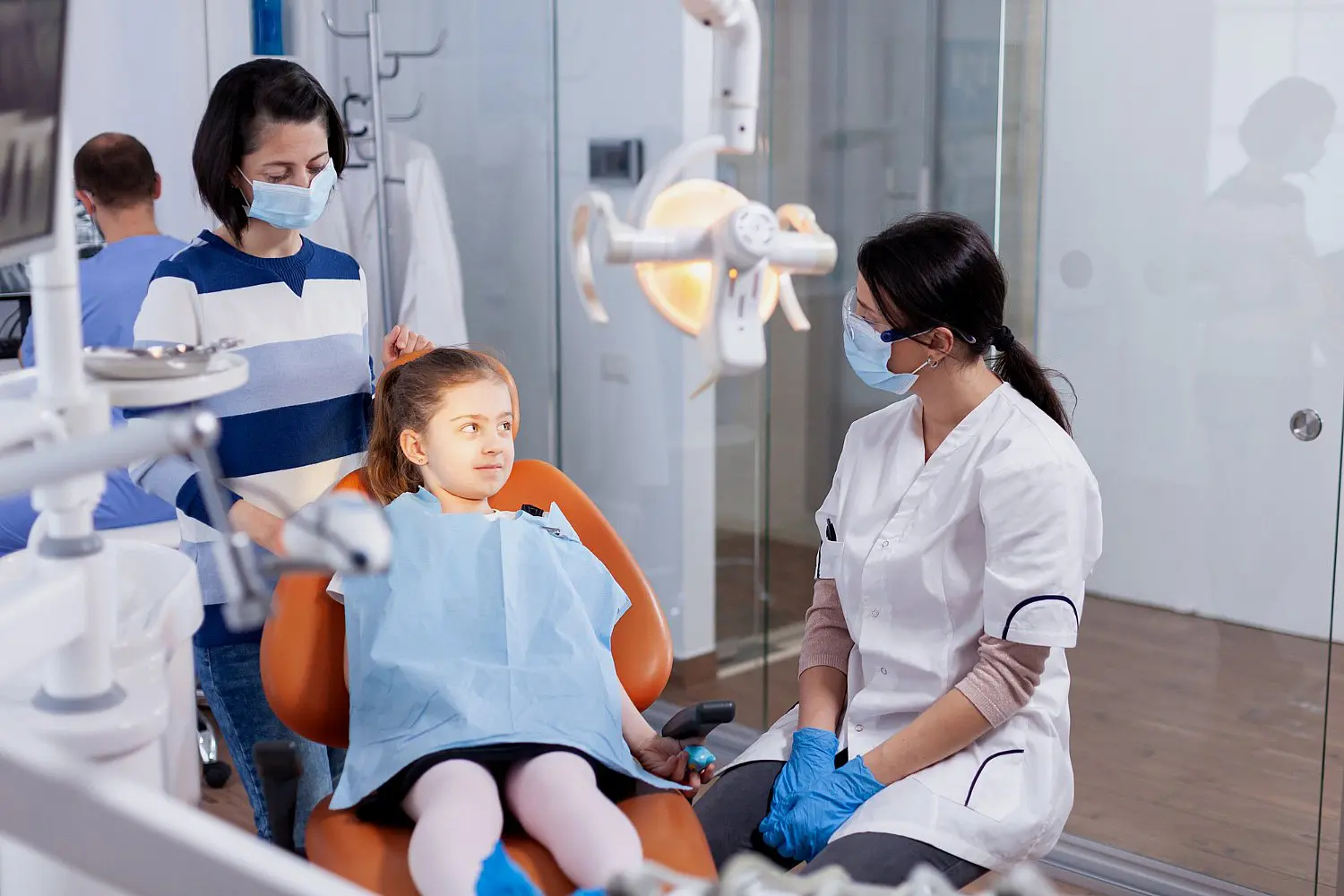
Importance of Early Orthodontic Intervention
Interceptive orthodontics is a proactive approach that aims to address dental issues while a child’s jaw is still growing, which can prevent more severe dental problems in the future. The benefits of early intervention include the prevention of serious orthodontic issues, improved appearance, and better oral health. For children aged 6-10, this is an ideal time to address problems like crossbites and crowding, as their jaw is still developing. Between ages 11-15, most children have permanent teeth, making it a suitable period for braces to correct alignment issues.
Finding the Right Pediatric Orthodontist
When selecting an orthodontist for your child, it’s essential to evaluate their credentials. Seek out an orthodontist with specialized orthodontic training, board certification, and experience treating children. Alongside their qualifications, take into account practical factors such as their office location, operating hours, and the overall cost of treatment.

Conclusion
FAQ
What age should a child go to orthodontist?
The American Association of Orthodontists suggests that children have their first visit to an orthodontist around the age of seven. While this may seem early, it’s an important step to identify and address any potential concerns before they develop into bigger problems. Keep in mind, this initial visit doesn’t mean your child will need immediate treatment. It’s primarily about monitoring their growth and ensuring their dental development is progressing as it should.
Can a 6 year old see an orthodontist?
Certainly! A 6-year-old is perfectly fine to see an orthodontist. In fact, the American Association of Orthodontists advises that kids should have their first orthodontic evaluation by the age of 7. This initial check-up is important for spotting any concerns with jaw development or the alignment of incoming teeth. So, if you’ve been thinking about taking your child to an orthodontist, don’t hesitate! It’s a smart move to help set the foundation for a healthy and confident smile.
How painful are braces for kids?
It’s completely normal for kids to feel a bit of soreness or discomfort when they first get braces or after an adjustment. This is simply a sign that the braces are doing their job to shift the teeth into proper alignment. The positive side is that this discomfort usually subsides within a few days and can often be relieved with common over-the-counter pain medications. Before long, their mouth adapts to the braces, and they may barely even notice them. While braces might cause some minor temporary discomfort, it’s both manageable and doesn’t last long.
